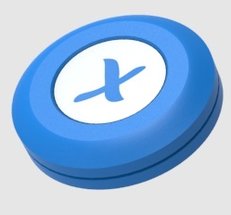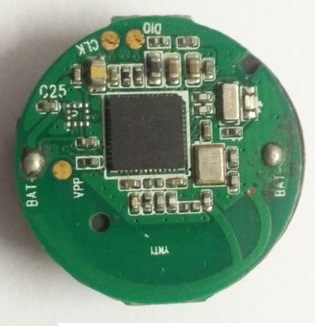A mechanical enclosure adds value to a PCB or electronics board. A PCB inside a metal or plastic enclosure becomes a product. A PCB enclosure application is to protect a PCB from the external environment according to defined product IP Rating and add aesthetic value to the electronics PCB.


To sell a PCB as a product, enclosing the PCB in plastic or sheet metal enclosure adds great value to your product. This article will help product managers and engineers in making electronics enclosure design and commercial decisions.
Electronics Enclosure Design Considerations
Electronics enclosure designs reflect your company brand, product, and design intent. For example, if your product is a gateway, your product enclosure should look like a gateway, not a refrigerator.
Here is the list of points you should consider during the electronics enclosure design techno-commercial decision-making process.
- Product aesthetics
- Production volumes or market size.
- Product application.
- Project budget.
- Cost constraints etc.
The above decisions on electronics enclosure design impact product sales, its performance, and your brand.
Product Aesthetics or Industrial Design
Electronics enclosure design impacts product aesthetics. And aesthetics is a key selling point for a product. Even before the start of electronics design, good practice is to finalize product industrial and aesthetics design. Click this link to know in detail about industrial design vs product design.
PCB design and electronics enclosure design go in parallel. Here is the list of points that impact on PCB enclosure design.
- PCB Size and component position
- Position of indication led and switches
- Location of heat dissipating components. Click this link for the selection of heat sink.
- Switch positions
- Position of interface connectors
Product managers should make sure product industrial-design is not violating product design guidelines. Mechanical and electronics engineers should approve product industrial-design. We suggest you to read this article on sheet metal product design and plastic part design guidelines.
Product Application
Application of the electronics product has a direct impact on electronics product design. For example, enclosure design is different for the marine environment and indoor applications. We can not use an indoor product in the marine environment.
Or design for a hand wearable product will be completely different from a tabletop product. Therefore it is recommended to consider product applications during electronics enclosure design.
Production Volume and Market Size
Product production volumes have a direct impact on electronics enclosure design. For example, We do not recommend you design low production volume products in plastics because plastic tooling cost is high.
For small production volumes, engineers recommend Sheet metal press bending, machining, or 3D printing parts, whereas for large production volumes engineers recommend injection molding parts because of the low unit part cost. Click this link to know the advantages and disadvantages of plastics over metal.
Project Budget
Tooling costs for manufacturing plastic parts are very high. Therefore it should be considered in the initial phase of design. For example, Plastic Injection mold costs may vary from $2000/- to $10,000. This cost depends on part complexity. Click this link to know the factors affecting Plastic injection mold costs.
I will keep adding more details on electronics enclosure design. Please add your suggestions, comments, or questions on enclosure design for PCB in the comment box.

Add a Comment